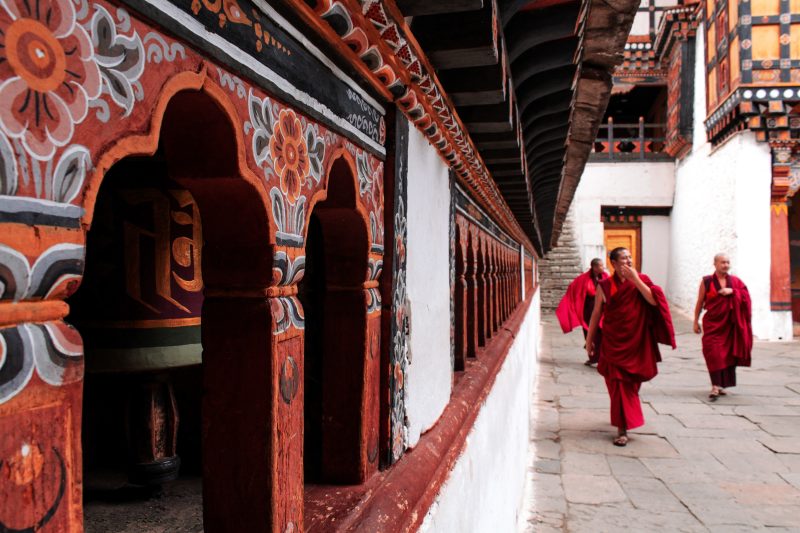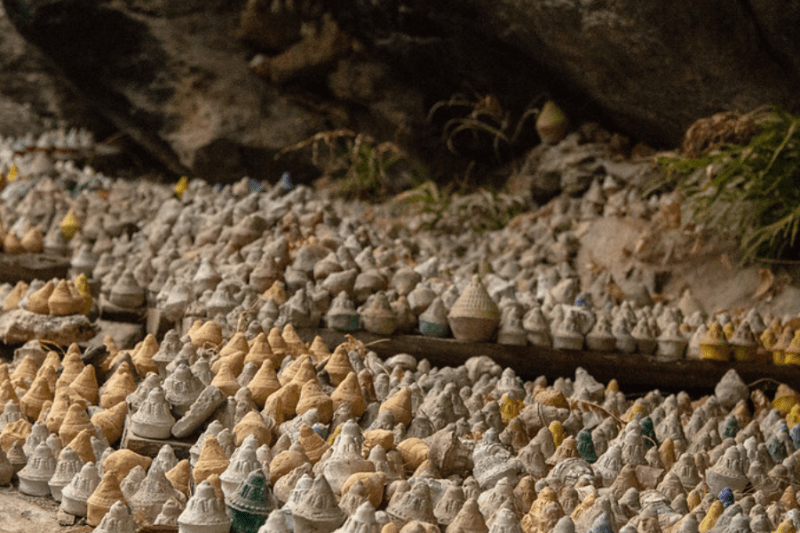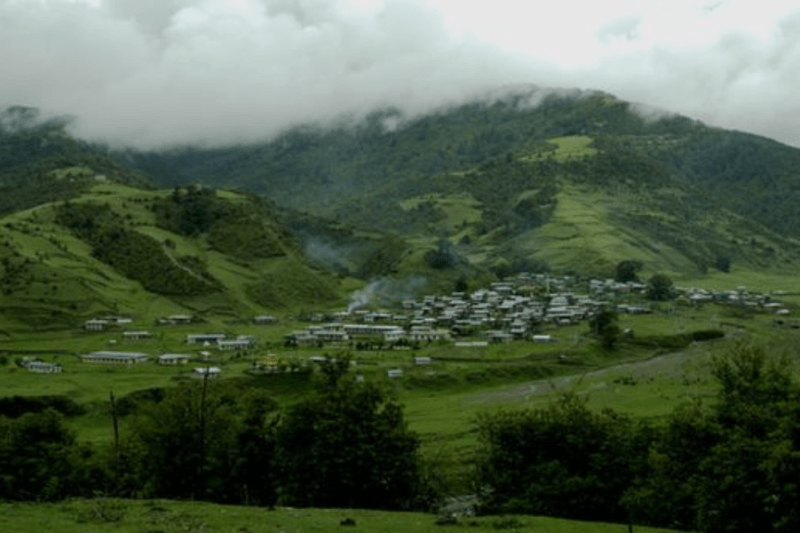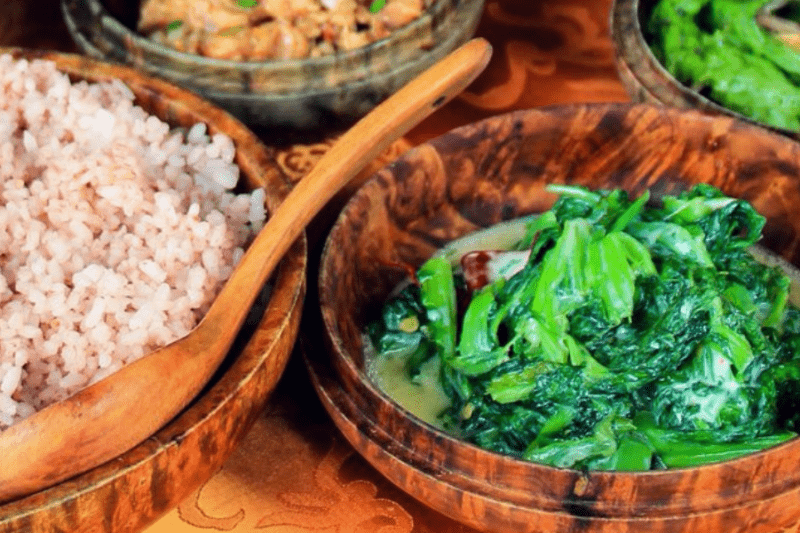Did you know?
The phallus, for centuries, has had the most loyal following in Bhutan. Picture Caption: dementievskiy The Bhutanese believe that the phallus is a symbol of vigor and therefore aids in fertility. They also believe that the phallus chases away malicious gossip and offers protection from evil. It is painted on...





